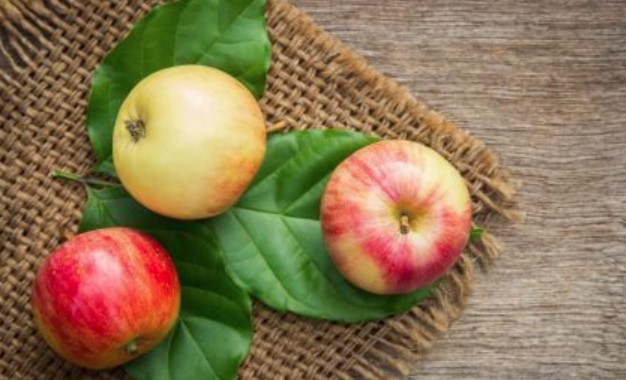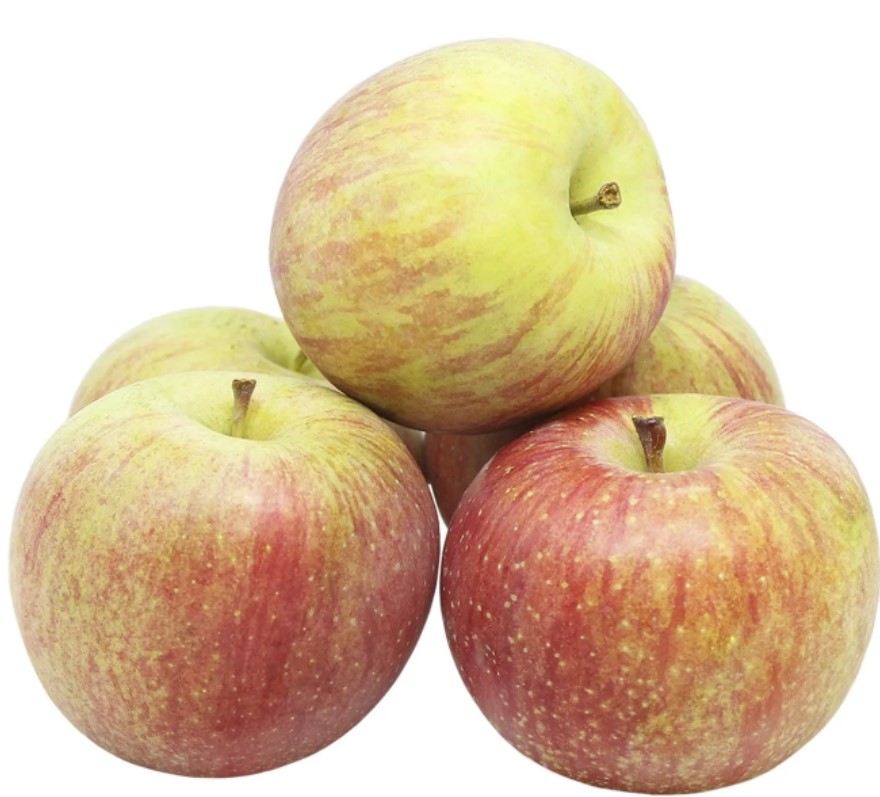Treated fruit is not always vegan, because the glazing agents often contain animal components. You can find out what they are and how to recognize them here.
Basically, fruit is one of the foods that are part of a balanced vegan diet. For the optics and a longer shelf life, however, fruit is often treated with coating agents. These agents slow down the ripening process because they allow less oxygen to penetrate and less moisture, smells and flavors to escape.
There are different types of coating agents that are either of vegetable, animal or synthetic origin. According to this, fruit treated with animal products is, strictly speaking, no longer vegan.
All possible types of fruit can be post-treated. These include, for example, apples, pears, strawberries, bananas, tangerines, oranges, lemons, bananas, mangoes, melons, pineapples and avocados.
Treated Fruit: These remedies are used

Glazing agents are among the food additives, which is why each agent is assigned its own E number.
Coating agents of animal origin include:
Beeswax (E901) is produced from the comb of honey bees. It is a valuable raw material with many areas of application.
Shellac (E904) is formed when certain species of scale insects convert plant sap into a resinous mass. Shellac also offers many possible uses, for example as a coating for tablets or a cosmetic ingredient.
Plant-based coatings include:
Carnauba wax (E903) comes from the leaves of the Brazilian carnauba palm. Carnauba wax is not only used as a coating agent, but has many other uses, for example in cosmetics or cleaning agents.
Candelilla Wax (E902) is made from the leaves and stems of the Candelilla plant.
Synthetic coatings include:
Esters of glycerol from root resin (E445)
Polyethylene wax (E914)
Mono- and diglycerides of fatty acids (E471) can come from vegetable, animal or synthetic production. Usually, however, soybean or canola oil serve as a source.
Fruit glazing agents can often consist of a mixture of synthetic and natural waxes.
Here’s how to identify and avoid treated fruit
You can sometimes recognize glazing agents by the fact that the fruit is very shiny. Treated fruit is always labeled in one way or another.
On the one hand there is the indication “waxed”. This labeling is used when the coating agents are additives
E 445, 471, 473, 474, 901-905 and 914
acts. Another way of labeling treated fruit is for retailers to
class of the food additive and the name of the additive or the E number
brag. If the fruit being treated is citrus, you will recognize this by statements such as
“treated with E471 or E473”.

You can use this information to check whether the coating is vegan. In principle, fruit is not labeled vegan.
The indication “untreated” means that the fruit was neither preserved nor waxed after harvesting. However, this information does not prohibit the use of plant protection products during the growing season. This means that the fruit may well be contaminated with pesticides.
In short: To avoid animal coatings, pay attention to the E901 and E904 labels. E741 can also be animal products.
It is easiest if you choose your fruit in organic quality. After all, it is not allowed to treat organic fruit. At the same time you can avoid chemical-synthetic pesticides.
